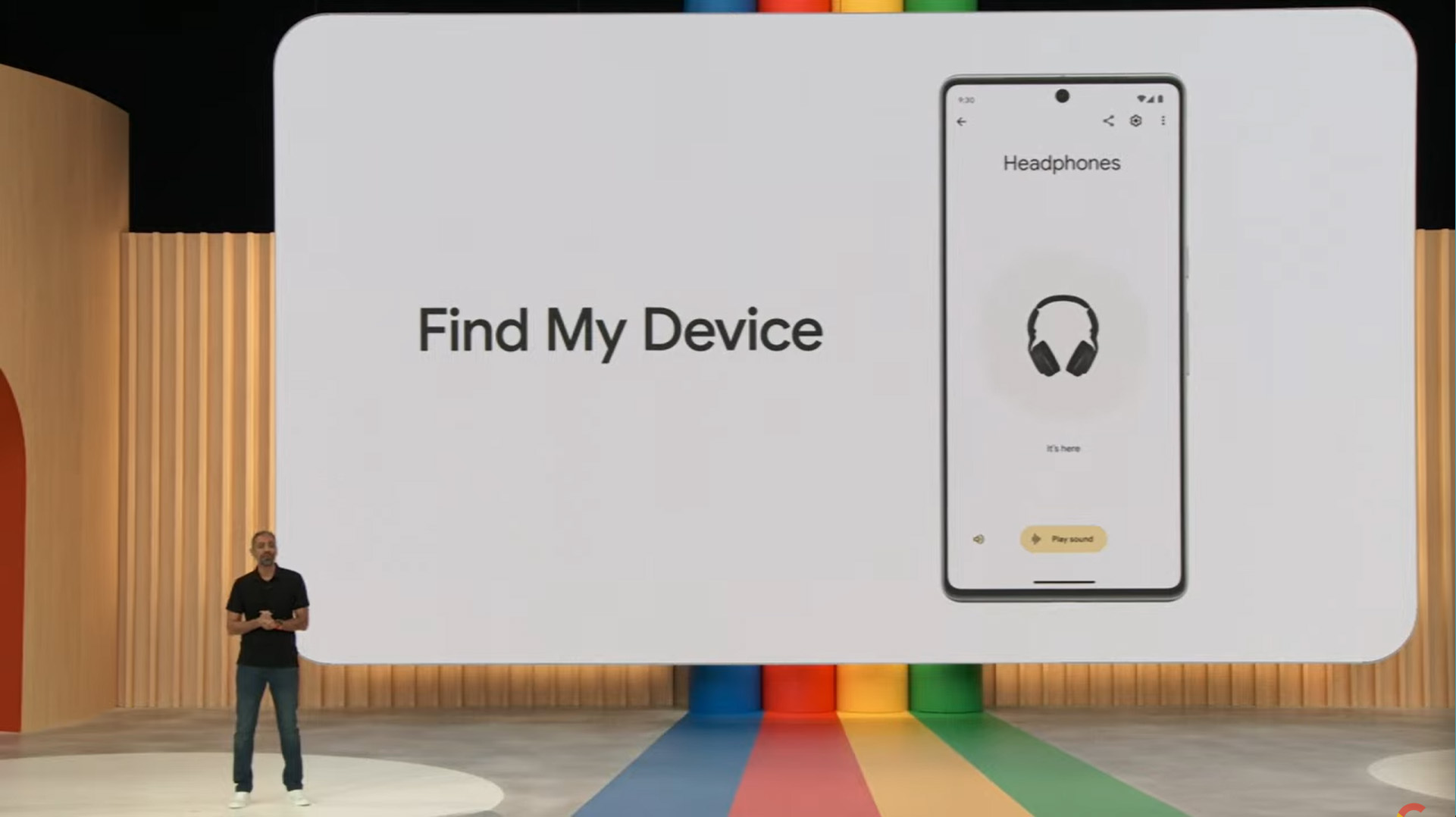Another peek at how Google's Find My Device network for offline devices may work
A little something to get us through its delay.

What you need to know
- Google's "Find My Device" network will apparently offer several toggleable options for discovery.
- Users can decide to view the last location their device was without the network enabled, or they can have it always on even in "high" or "low-traffic" areas.
- Google's network has been delayed while it awaits Apple's finalization, but it is now expected to launch by the end of the year.
Google is working on creating its own Find My Device network, backed by a new range of third-party trackers, and we're beginning to see how it could come together when it comes to locating offline devices.
Some details regarding how users can find their devices were posted by Google News on Telegram. The channel discovered a new "Find your offline devices" toggleable setting, which appears to be a rename of a previously found "Store recent location."
The new toggle will give users a few different options when it comes to finding their lost items on Google's new network.
- Off: don't use the search network and the device's last location data when it was online.
- Without network: don't use the search network, but retain data about the device's last location when it was online.
- With network: in high-traffic areas only.
- With network in all areas: even in low-traffic areas.




The post adds that these settings are "currently hidden," likely meaning curious Android users would need to enable a flag before viewing them.
Google recently provided an update on its network's development, stating it is now facing a delay. The company is waiting on Apple to finalize a few new native tracker protections on iOS for more than just its AirTag before Google is comfortable with rolling out its device discovery network.
These new protections are in line with Google and Apple's recent partnership from earlier this year, as they take a stand against those looking to exploit and harass individuals with unwanted location tracking. With the draft of new specification guidelines companies creating Bluetooth trackers must adhere to, it looks like some more time is required to ensure things are tidy.
Google is hopeful things will be resolved by the end of the year.
Get the latest news from Android Central, your trusted companion in the world of Android
In the meantime, there has been word on how it will let users find their phones even when they're off. During I/O 2023, the company stated users should expect a "Pixel Power-off Finder," letting them discover their misplaced device even when it's turned off — similar to Apple.
Users will be able to use the feature to re-find their lost keys, wallets, and luggage, as well.
Google has yet to give us a full look at the feature, and given the delay, it's likely we could see additional changes to the feature. For now, it looks like it's coming along pretty well.

Nickolas is always excited about tech and getting his hands on it. Writing for him can vary from delivering the latest tech story to scribbling in his journal. When Nickolas isn't hitting a story, he's often grinding away at a game or chilling with a book in his hand.
